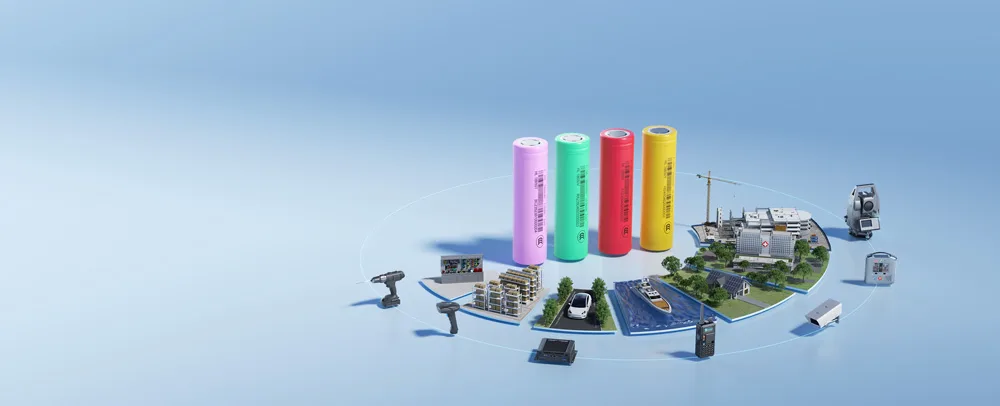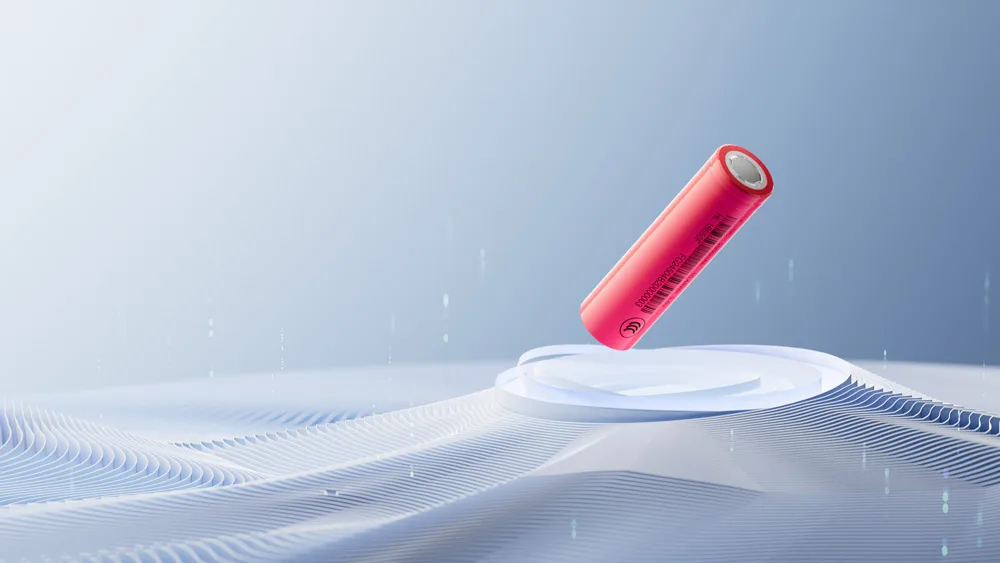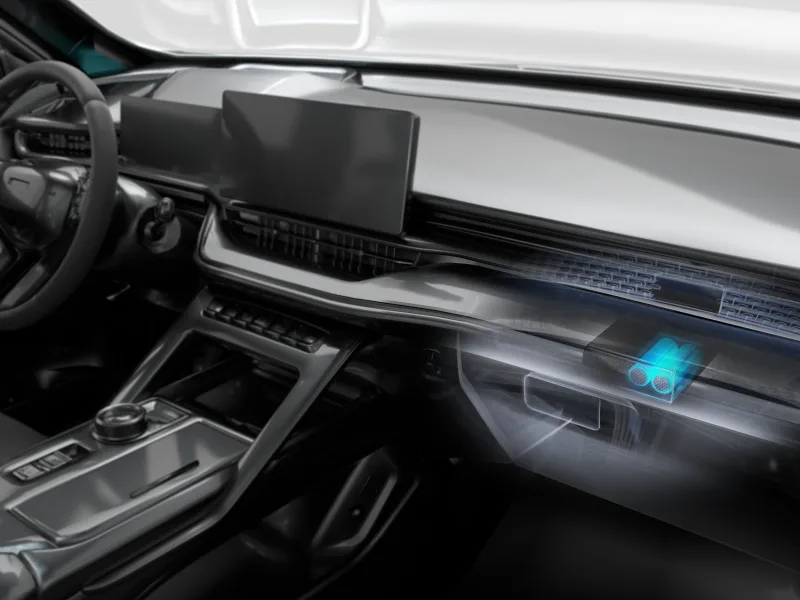At first glance, a 14500 battery looks almost identical to a standard AA battery—same shape, similar size, and even similar packaging in many cases. But are they truly the same? Can you simply swap a 14500 into your remote control or flashlight that takes AA batteries?
The short answer is no—a 14500 battery is not the same as an AA battery, and using one in place of the other without proper knowledge can damage your device or create safety hazards. In this article, we’ll explore the key differences between 14500 and AA batteries, including size, voltage, chemistry, capacity, and safe usage.
By the end, you’ll understand exactly when and where a 14500 battery should (and shouldn’t) be used.
Size: Close but Not Identical
The confusion often begins with the physical dimensions. Both batteries are cylindrical and very close in size:
AA battery: 14mm diameter × 50mm length
14500 battery: 14mm diameter × 50mm length
From the outside, they appear interchangeable. In fact, the number “14500” follows a standardized naming system where “14” refers to the diameter in millimeters and “50” refers to the length—just like AA. So yes, they are the same size, but that’s where the similarity ends.
Voltage: The Critical Difference
One of the most important differences is voltage.
AA batteries typically have a voltage of 1.5V (alkaline) or 1.2V (NiMH rechargeable).
14500 batteries have a voltage of 3.6V or 3.7V.
That’s more than double the voltage. This is a critical distinction, especially because many devices designed for AA batteries cannot handle the higher voltage of a 14500. Inserting a 14500 into a non-compatible device may cause:
Overheating
Permanent damage to components
Fire or explosion in extreme cases
Never substitute a 14500 for a regular AA unless the device explicitly supports 3.7V lithium-ion batteries.
Chemistry: Alkaline vs. Lithium-Ion
Another major difference is battery chemistry.
AA batteries can be alkaline (disposable) or Nickel-Metal Hydride (rechargeable).
14500 batteries are usually Lithium-Ion.
Lithium-ion batteries like the 14500 offer benefits such as:
Higher energy density
Lighter weight
Low self-discharge
Fast recharging
However, lithium-ion batteries are also more volatile, requiring built-in protection circuits (PCB) to prevent overcharge, over-discharge, and short circuits.
AA batteries, particularly disposables, are more stable but have limited energy output and shorter lifespan.
Capacity: Smaller Battery, Varied Power
Battery capacity is measured in milliamp-hours (mAh), which indicates how much energy a battery can store.
AA alkaline: ~1500 to 3000mAh (disposable, 1.5V)
AA NiMH: ~1300 to 2800mAh (rechargeable, 1.2V)
14500 Li-ion: ~600 to 1000mAh (rechargeable, 3.7V)
Even though 14500 batteries seem to have lower capacity in mAh, keep in mind that they deliver more voltage, so the total energy (Wh) is higher than it might first appear. Still, for high-drain devices that need consistent power, a 14500 can be very effective—if the device is designed for it.
Device Compatibility: Know Before You Use
Most standard consumer devices designed for AA batteries are not compatible with 14500 batteries. These include:
Remote controls
Wall clocks
Wireless mice/keyboards
Small radios
Children’s toys
These devices expect 1.5V max input. Supplying 3.7V from a 14500 could instantly fry the internal electronics.
However, some LED flashlights, laser pointers, and vape pens are designed specifically to accept 14500 cells due to their higher energy output in a compact size.
Always check your device’s user manual or specifications before inserting a 14500 battery.
Protection Circuit: A Must-Have Feature
Because 14500 batteries are lithium-based and carry higher risks than standard AAs, many high-quality 14500 cells include built-in protection circuits. These help:
Regulate voltage and current
Prevent overheating
Shut off output in the event of a short circuit
Extend battery lifespan
Unprotected 14500 batteries are cheaper, but pose serious safety risks if mishandled or overcharged. For consumer use, always choose protected 14500 batteries from reputable brands.
Not the Same, and Not Interchangeable
So, is a 14500 battery the same as an AA battery?
Absolutely not.
While they are nearly identical in shape and size, their internal chemistry, voltage, capacity, and applications are completely different. Using a 14500 in a device designed for a standard AA battery can be dangerous unless the device is specifically labeled to accept 3.7V Li-ion cells.
If you’re powering high-performance electronics that require compact power, and your device supports lithium-ion batteries, the 14500 is a powerful and efficient option. Otherwise, stick to standard AA batteries to ensure safety and performance.

Why Choose UltraXel 14500 Batteries?
When it comes to lithium-ion battery solutions, UltraXel Battery delivers performance, safety, and reliability you can trust. Our 14500 batteries are:
Equipped with built-in protection circuits
Designed for wide-temperature operation
Engineered for long cycle life and stable discharge
Certified for global safety and quality standards
Whether you’re powering tactical flashlights, compact sensors, or high-performance portable devices, UltraXel 14500 batteries offer a premium solution for demanding applications.
Explore more about our Lithium-ion Battery lineup at UltraXel.com.





